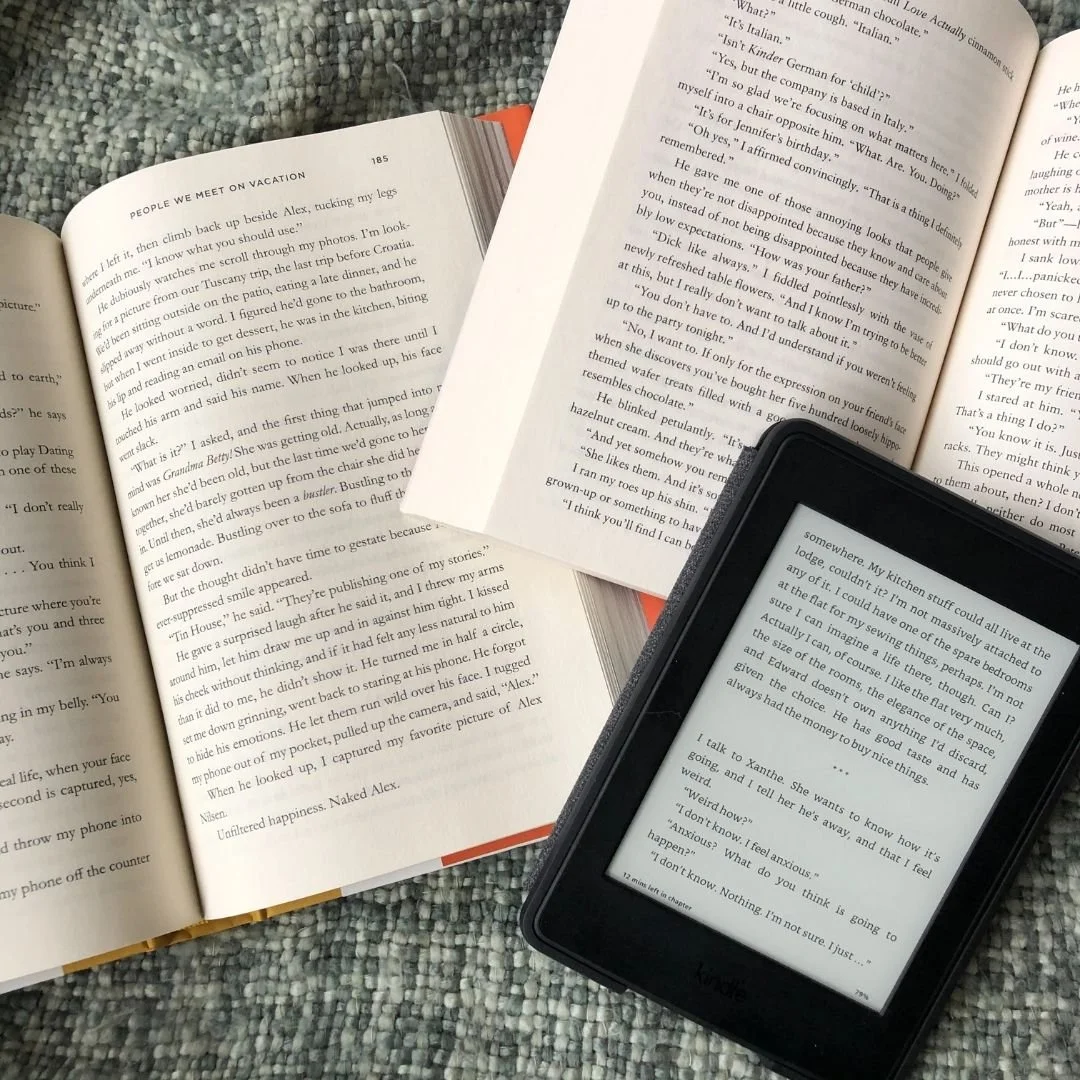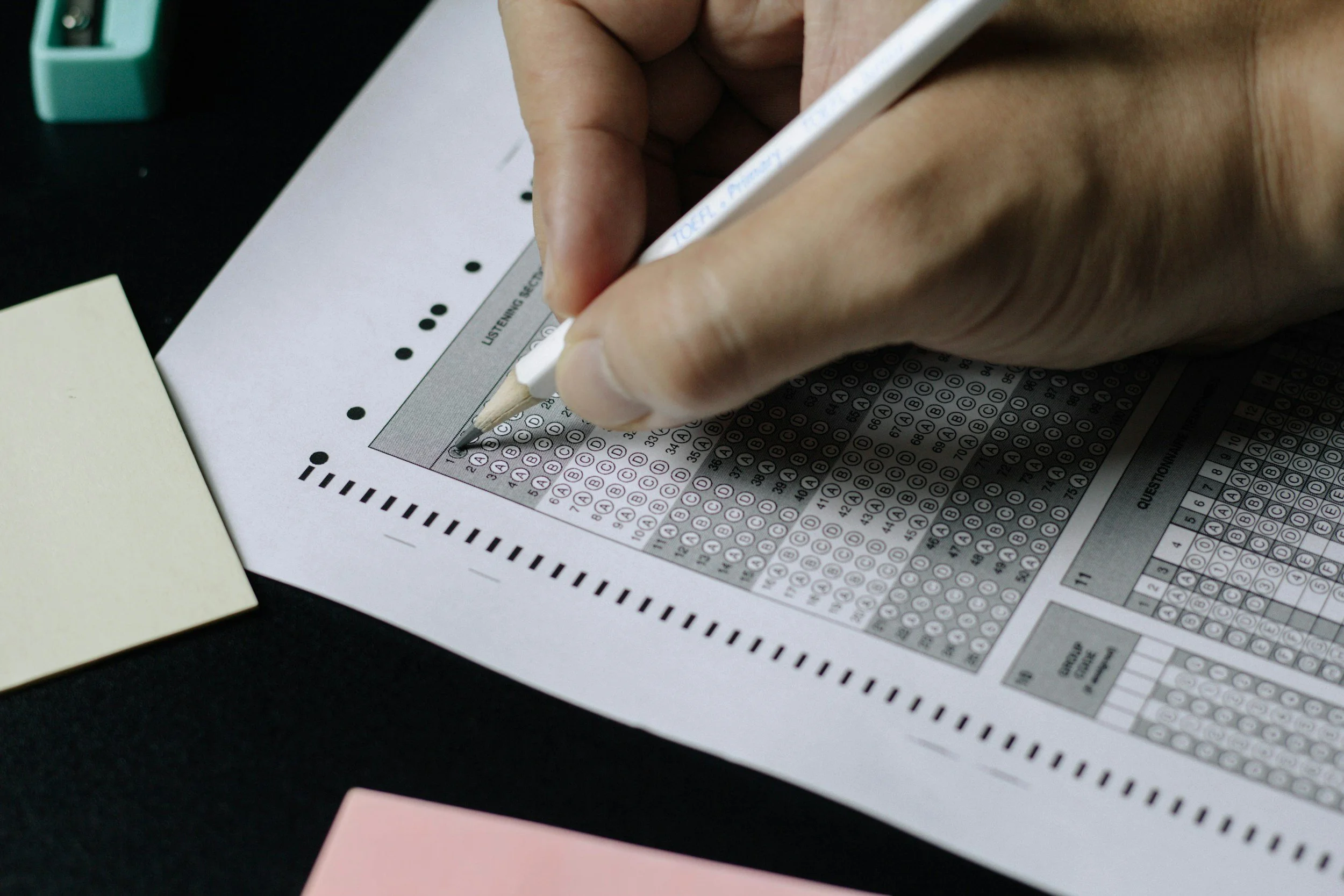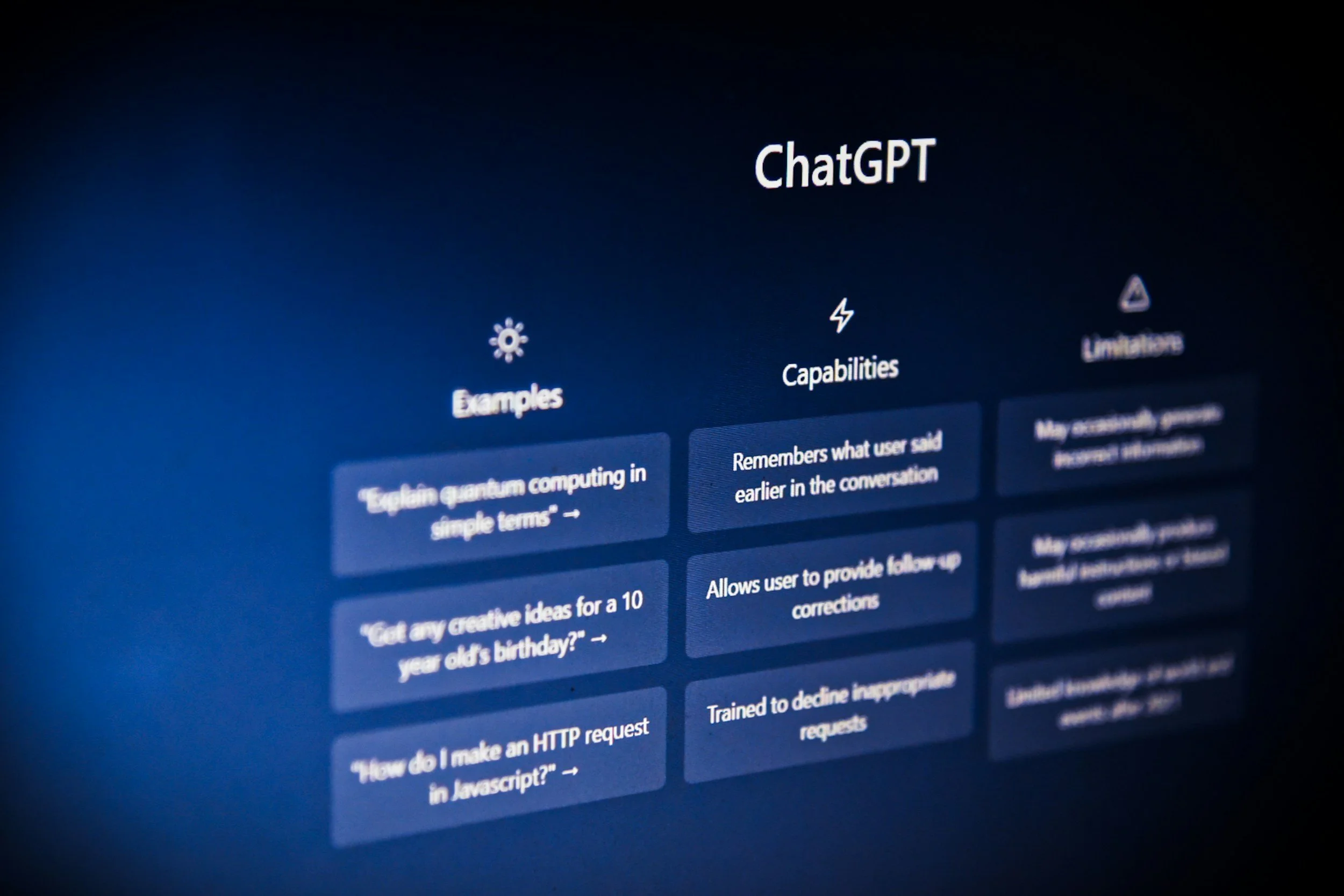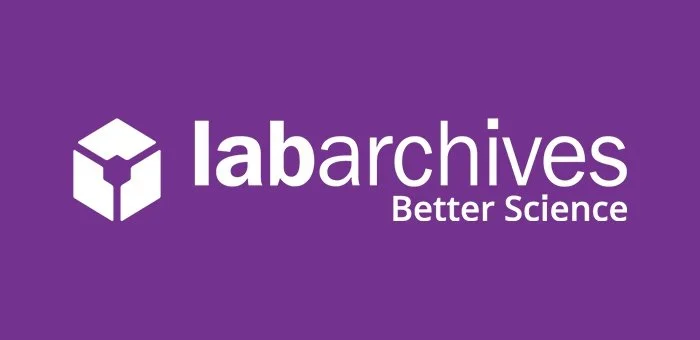2035: A Day in the Life
In this immersive look at a day in 2035, I share what it feels like to teach AP Chemistry in a world where artificial intelligence quietly enhances learning without replacing the human heart of education. From circadian-aligned home lighting to AI supported titration labs to robotics mentoring and family creativity at home, this story shows how technology has evolved into a gentle background presence that makes real thinking curiosity and connection shine. The follow up section explains how we reached this future through ethical resource practices, clean energy powered AI and global privacy protections that put people first.
Teach Students to Fact-Check AI: A Classroom Lesson on Reverse Searching
As AI becomes an everyday tool for students, simply telling them to “use it responsibly” isn’t enough. They need structured experiences that teach them how to verify AI-generated information, identify inaccuracies and build original thinking. Using Halaweh’s (2023) concept of reverse searching, this post provides a classroom-ready lesson that transforms AI from a shortcut into a catalyst for critical thinking.
Rethinking Summer Reading Assessments
Ditch the dreaded summer essay! These creative, hands-on summer reading projects engage students in meaningful reflection without overwhelming teachers with grading. From interview podcasts to artistic dioramas, here are innovative, AI-resistant ways to bring literature to life for grades 9–12.
From “One More Thing” to “One Less Thing”: How Ethical AI Can Help Teachers Reclaim Their Time
When used ethically and in alignment with FERPA, AI can transform the way teachers work: reducing burnout, streamlining busywork and creating space for what really matters: human connection. Here are five powerful tools and strategies administrators can train teachers to use to turn “one more thing” into “one less thing.”
UDL in Action: Simple Tech Tools to Reach Every Learner
Want to make your lessons more inclusive, flexible, and engaging without reinventing the wheel? In this post, Chemistry teacher and edtech enthusiast Christiana Deeter shares practical technology tools that help any K-12 teacher bring Universal Design for Learning (UDL) to life. Whether you teach science, math, reading or foreign language, you’ll find ready-to-use ideas, links and classroom examples that make learning accessible for all students.
NotebookLM in the High School Classroom: Curate, Chat & Study Better
Discover how NotebookLM lets teachers upload their own curated content like documents, podcasts and videos to build interactive study guides, flashcards, timelines and chat-enabled notebooks for students, and how you can use it in history, math, science and English.
Turning Up the Brightness: The Case for a Schoolwide Solar Semester
What if every classroom in your school revolved around one powerful idea: solar energy? A Solar Semester does just that, uniting subjects under a single, relevant theme that fuels curiosity and collaboration. Backed by research on integrated STEM learning, this approach promises to deepen understanding, spark innovation, and cultivate lasting interest in STEM careers.
Reignite Your Teaching Spark: Why Every Science Educator Needs NSTA
Whether you’re a veteran science teacher or just starting your journey, the NSTA Conference is where inspiration meets innovation. It’s the place to reignite your passion, recharge your teaching toolkit, and connect with the best minds in science education.
Behind the Scenes: How Being an AP Grader Made Me a Better Teacher
Serving as an AP Chemistry Reader opened my eyes to the depth, fairness, and precision behind the scoring process. What I learned at the grading table reshaped how I teach my own students to approach Free Response Questions with confidence, clarity, and a focus on showing what they know.
From Chatbots to Kahoot: Teaching Chemistry in the Age of AI
Every semester brings a few tools that truly make a difference. This time, Padlet and Electronic Lab Notebooks took center stage in my chemistry classroom, helping students collaborate, organize experiments, and share their discoveries in new ways. From brainstorming and reflection to professional-style lab documentation, these tools turned science learning into a hands-on, high-tech adventure.
Hands-On Meets High-Tech: Rethinking How We Learn Science
Science is more than facts and formulas. It’s curiosity in motion. As technology reshapes education, we have the chance to make learning more hands-on, connected, and meaningful than ever before. In the chemistry classroom, that means helping students do real science: gathering data, testing ideas, and using digital tools to see the invisible. The future of learning isn’t just about keeping up with change, it’s about inspiring wonder in every experiment.
Mix, Measure, and Make Meaning: Problem-Based Learning in the Chemistry Classroom
Problem-Based Learning (PBL) turns chemistry from a list of formulas into a real-world adventure in problem solving. By combining authentic inquiry with tools like electronic lab notebooks, student-created podcasts, and digital presentations, we give learners the chance to think, experiment, and communicate like real scientists. With the right technology, even the most abstract chemistry concepts become hands-on, creative, and connected to the world around them.
The Future Chemistry Classroom: Where Atoms Meet Algorithms
The chemistry classroom of the future isn’t full of chalk dust. It’s alive with data, color, and curiosity. From AI lab assistants to augmented reality experiments and global cloud collaborations, technology is transforming how students experience science. The next generation of chemists won’t just read about reactions, they’ll step inside them, analyze them, and use what they discover to change the world.
From Lab Notes to Learning Walls: My Favorite Chemistry Resources
Every semester brings a few tools that truly make a difference. This time, Padlet and Electronic Lab Notebooks took center stage in my chemistry classroom, helping students collaborate, organize experiments, and share their discoveries in new ways. From brainstorming and reflection to professional-style lab documentation, these tools turned science learning into a hands-on, high-tech adventure.














